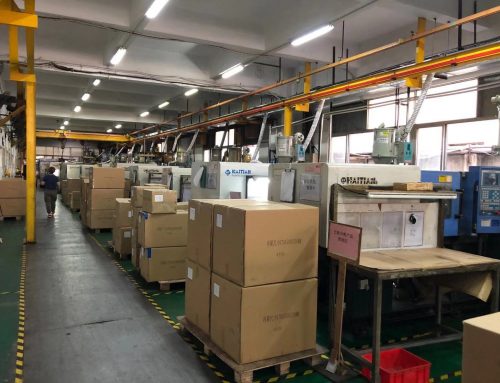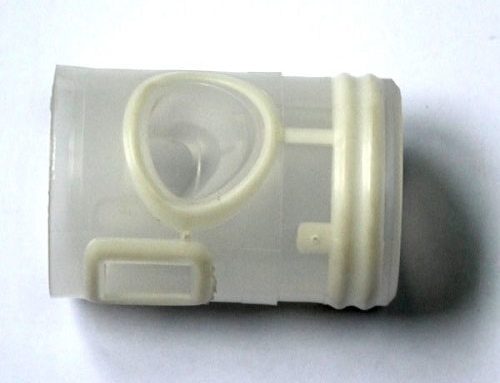1. Introduction
This paper takes design of plastic injection molding of power tool casing as an example to comprehensively introduce design features of plastic injection molding exported to Netherlands. Netherlands is a parliamentary monarchy, located in northwest of Europe, European origin of famous Eurasian Continental Bridge. Europe is one of the most developed regions in the world of mold industry. Germany established its own mold standard system in 1950s. The most commonly used European plastic injection molding are German HASCO standard, German STRACK standard, German EOC standard, British DMS standard, US DME European standard (metric standard), French ROUBARDIN standard and Austrian MEUSBURGER standard. Among them, German HASCO standard is the most famous one. European industrial molding have advantages of high efficiency, precision and long life. The most important factor in determining mold reliability is mold design and mold maintenance, but also mold steel, heat treatment methods as well as mold processing. A set of quality industrial molding should fully understand, meet needs of customers. It is a solution tailored to customer’s philosophy and tailored to different products of different customers. Dutch mold industry is developed. St. Wanhao brand, the world’s leading hot runner supplier for automotive industry, is born in the Netherlands.
Basic requirement of Dutch customer for plastic injection molding is that mold generally conforms to HASCO standard. Steel used meets requirements of mold style book. Mold ejection system adopts European strong pull-up form. Nozzle material and product can be automatically in the mold. Separation does not require manual removal of nozzle material, and injection can be fully automated.
2. Product analysis
Power tool housing product diagram is shown in Figure 1. Product has force and torque requirement during use. Therefore, material is PA+30%GF, mean nylon plus 30% glass fiber material, The higher hardness of glass fiber content, the lower of plasticity and the smaller of shrinkage rate. Glass fiber also has an anisotropic effect. Shrinkage rate is different in the direction perpendicular and parallel to flow direction. This set of toolbox mould has obtained consent of guests for shrinkage rate is selected to be 0.5%. Fluidity of nylon material is excellent, but It is easy to produce front edge. After adding glass fiber material, fluidity of material does not decrease. Glass fiber is easy to wear on mold cavity. Therefore, mold of glass fiber material needs to improve processing precision, so that toolbox mould clamping part is not easy to produce batches. Another important point of glass materials is that temperature of injection machine barrel needs to be properly increased to avoid floating fibers on surface of plastic part. Industrial molding exported to Europe are available in 2D and 3D formats. 3D drawings are used for 3D parting, which facilitates CNC machining and electrode design. 2D drawings indicate dimensional tolerances, technical requirements, volume of plastic parts and average glue. Information such as position thickness, appearance requirements and color, as well as information such as interchangeable inserts are included in 2D product drawing, and information on the 2D surface is also basis for dimensional inspection report after test. Technical requirements of power tool casing are shown in Figure 2. Small rounded corners of injection molding products are shown in 3D drawings. Average glue position thickness is 2mm and volume is 29.8cm3. Dimensional tolerance of injection molding products should conform to German national standard DIN. In 16901, draft of main non-tanning surface is 1°, draft of main embossed surface is 2°, and draft of remaining surface is 0.5°, except for boundary of parting surface. Unmarked edge rounded R0.2.
Draft of all surfaces is reduced and drafting direction is shown in Figure 2. For design of exit industrial molding, reduction of mold is usually used. But for direction of special draft, it should be presented to guest at opening meeting with plastic molding factory, and result of negotiation should be recorded in mold design style book to avoid future disputes. Three elements of export plastic injection molding design are: runner gate form, ejection mode and thimble arrangement, parting surface. These three elements have actually completely determined toolbox mould structure. In mold matching meeting between plastic molding factory and customer, determination results of three elements are recorded in mold design style book. Parting surface of product is shown in Figure 3. Thimble on movable mold side of product should be lower than 0.15mm on surface, and flank of parting surface should be less than 0.2mm. Appearance requirements should conform to sample.




